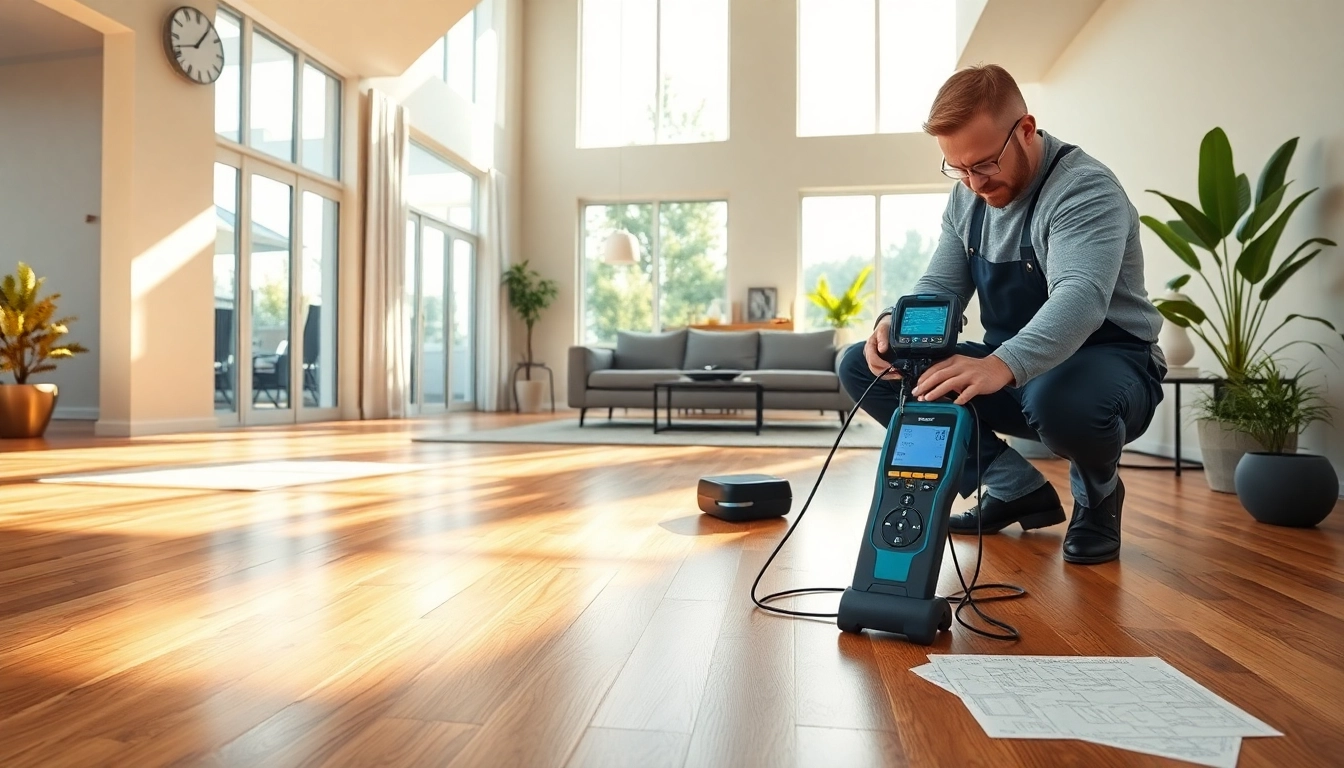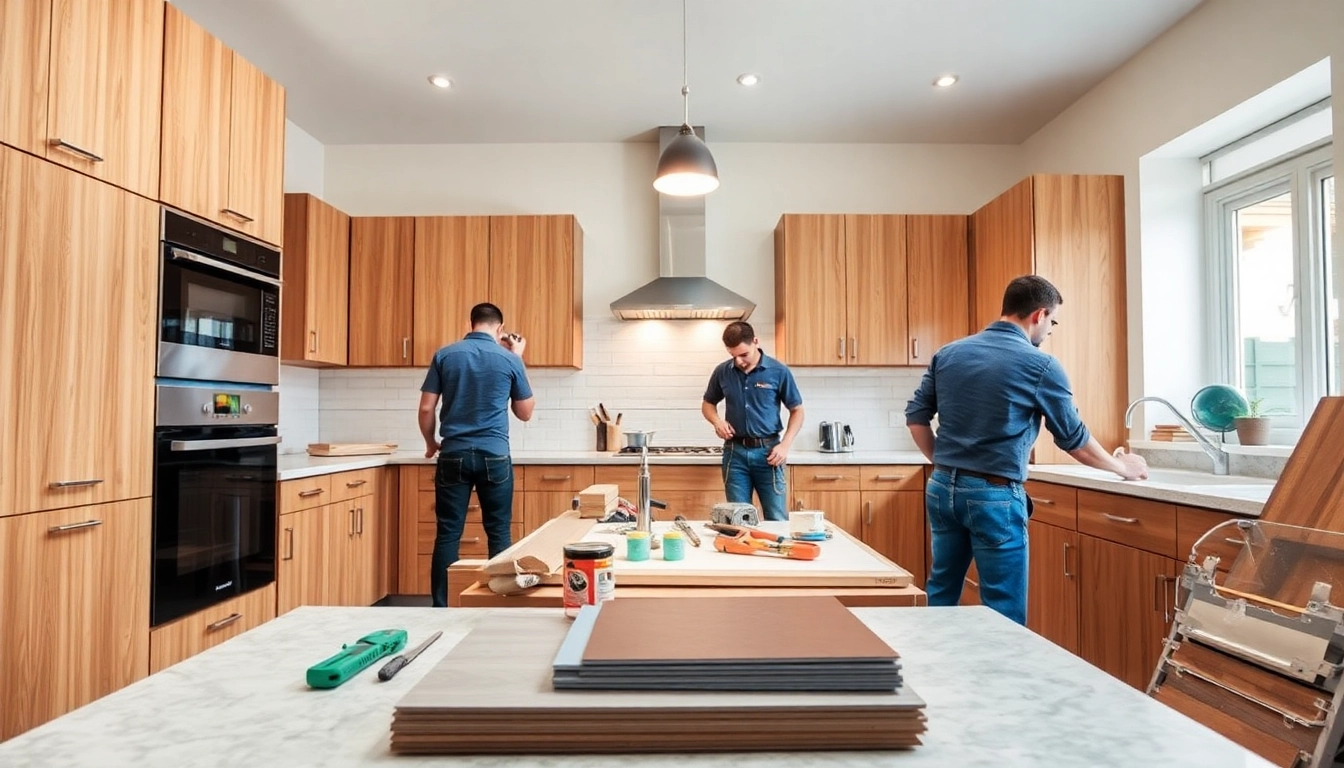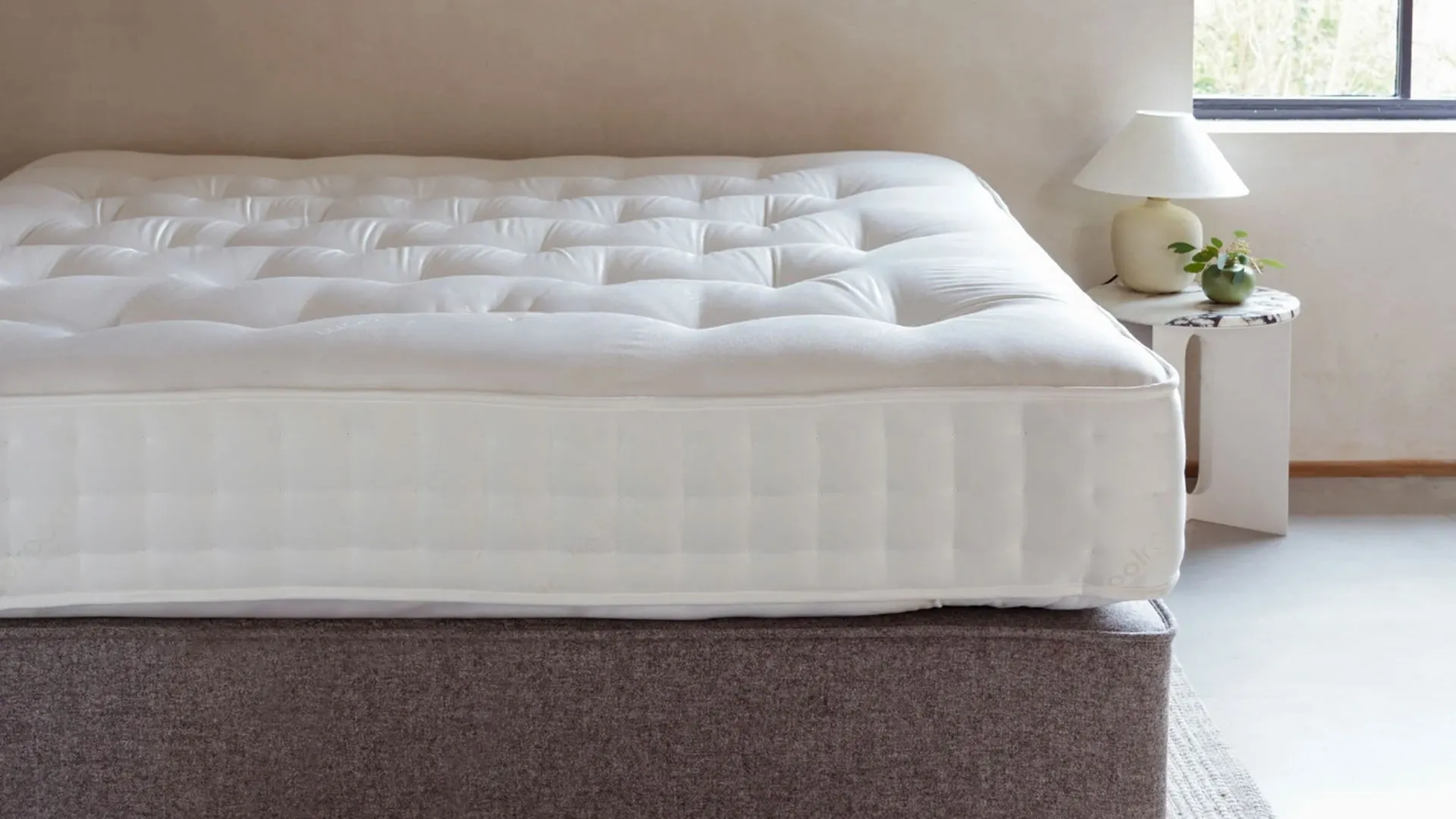Understanding Underfloor Leak Detection: A Comprehensive Overview
Underfloor leaks can cause significant damage to a property, leading to costly repairs and hazardous situations. Therefore, comprehending effective Underfloor Leak Detection is critical for both homeowners and property managers. This guide will delve into various aspects of underfloor leak detection, including its importance, common signs to watch for, and a variety of detection methods.
The Importance of Timely Detection
Timely detection of underfloor leaks is imperative to preserve the integrity of your home and prevent secondary damage. Moisture accumulation can lead to mold growth, structural weakening, and increased utility bills due to water loss. In commercial settings, unscheduled downtime from leaks can disrupt operations and incur financial losses. Regularly monitoring for leaks helps mitigate these risks and ensures long-term safety and efficiency.
Common Signs of Underfloor Leaks
Detecting underfloor leaks early can save both time and money. Here are some common signs to look for:
- Unexplained Water Puddles: Standing water in unusual places, especially where flooring or carpets should be dry.
- Changes in Water Bills: A sudden spike in your utility bill can indicate leaks.
- Wet Spots Under Carpets: Discoloration or softness in carpeted areas can signify moisture intrusion.
- Increased Humidity: Unusual dampness in the air can suggest excessive moisture from leaks.
- Structural Damage: Signs of warping or shifting in flooring can indicate underlying water issues.
Types of Detection Methods
Various methods can be employed for leak detection, each with specific benefits and limitations:
- Acoustic Listening Devices: These tools amplify sound waves from leaks, allowing professionals to pinpoint their exact locations.
- Infrared Imaging: Thermal cameras can detect temperature differences in flooring, indicating areas of potential leaks.
- Moisture Meters: These devices measure the moisture content in materials to identify wet spots.
- Pressure Testing: By applying pressure to the plumbing system and monitoring for drops, leaks can be located with precision.
Essential Tools for Underfloor Leak Detection
High-Tech Equipment for Accurate Detection
Investing in high-tech leak detection equipment can greatly enhance the accuracy and efficiency of diagnosing underfloor leaks. Advanced tools such as ground-penetrating radar (GPR) offer innovative functions to detect leaks beneath floor surfaces without causing any damage. These tools often provide real-time data and visualizations that support accurate assessments. Many modern leak detection systems also feature user-friendly interfaces and mobile applications, making them accessible to both professionals and DIY enthusiasts.
DIY Tools vs. Professional Solutions
While some homeowners may opt for DIY leak detection methods using simple tools like moisture meters and visual inspections, professional leak detection services offer advanced solutions that are often more reliable. Professional technicians utilize specialized equipment with the expertise required to interpret complex data, thus increasing the likelihood of successfully identifying and addressing leaks quickly.
Cost Considerations and Tool Selection
When considering leak detection, it’s essential to balance cost against the potential damage that an undetected leak could cause. DIY tools often have a lower initial expense but may not provide comprehensive results. In contrast, professional services may have a higher upfront cost but can prevent significant long-term expenses due to their effectiveness and expertise. When selecting tools, consider the scope of your project, potential risks, and the required precision.
Best Practices for Effective Underfloor Leak Detection
Routine Maintenance Checks
Regular inspections and maintenance are critical for preventing leaks from developing into major issues. Schedule periodic checks of your plumbing systems and keep an eye out for any signs of wear or damage. Establishing a maintenance routine not only helps in early detection but also extends the lifespan of your plumbing setup.
Leveraging Technology for Precision
Utilizing technology can drastically improve your ability to detect leaks accurately. Embrace tools and applications that enhance your monitoring capability. For instance, smart home sensors can offer real-time updates about moisture levels and allow you to react swiftly to any detected anomalies.
Safety Precautions During Inspections
When conducting inspections, prioritize safety by wearing protective gear and ensuring the area is dry to prevent slip hazards. Ensure you have essential tools at the ready, including protective eyewear, gloves, and, where necessary, waterproof clothing. If dealing with potential electrical systems affected by moisture, ensure to switch off power to mitigate shock risks.
Common Challenges in Underfloor Leak Detection
Identifying Hidden Sources of Leaks
Leaks can originate from various hidden sources, making detection complicated. Pipes may run beneath flooring or inside walls where access is restricted. Knowledge of your plumbing layout can aid in narrowing down potential problem areas. Be thorough in your investigation and consider all aspects, including external factors like soil shifts that can impact pipes.
Avoiding Common Detection Pitfalls
One common pitfall is relying solely on visual inspections. Many leaks remain hidden and unnoticeable under floors and behind walls. It’s crucial to implement a comprehensive approach using multiple detection techniques to ensure you don’t miss any signs of leakage.
Eliminating False Positives in Detection
False positives can create confusion and lead to unnecessary repairs. To prevent this, cross-reference multiple detection methods and confirm findings before proceeding with major interventions. Conducting multiple tests can validate results and ensure accurate detection.
Future Trends in Underfloor Leak Detection
Innovations in Detection Technology
The field of leak detection is evolving with advancements in technology. Innovations such as wireless sensors and advanced algorithms for predictive analytics are set to revolutionize how leaks are detected and managed. Keeping abreast of these technological changes is vital for both professionals and homeowners alike.
Integrating Smart Home Solutions
Smart home technology is increasingly being tailored to monitor for leaks and alert homeowners in real-time. Systems integrated with home automation allow for immediate notifications via mobile devices, enabling users to respond rapidly to any potential leaks.
Environmental Considerations and Sustainability
As concerns about environmental conservation grow, leak detection technologies are evolving to not only prevent damage but also to promote water conservation. Implementing sustainable practices in leak detection reduces waste and preserves precious water resources, contributing to broader environmental initiatives.



